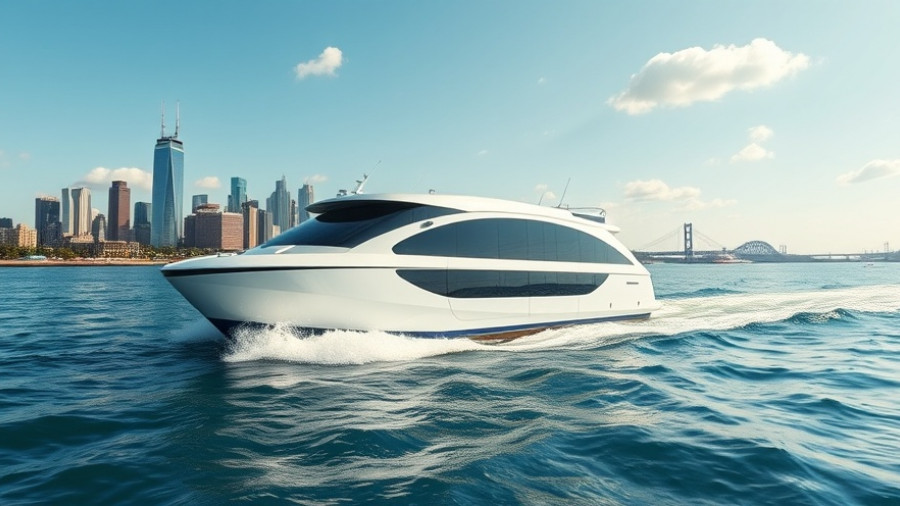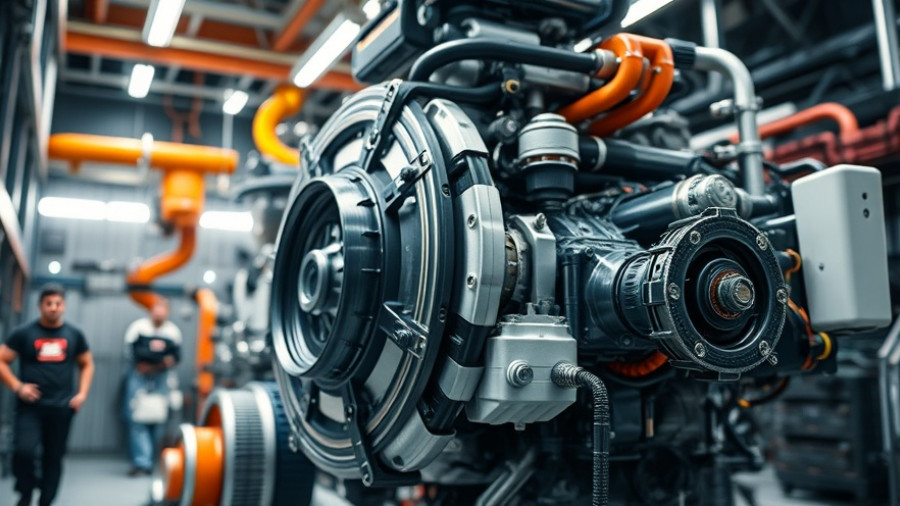
The Incident that Shocked the Shipping Community
On August 20, 2025, the maritime world was jolted by the arrest of the captain of the MSC Jubilee IX, a Liberian-flagged cargo vessel, suspected of operating the ship while intoxicated. The incident unfolded at Terminal 5 in Seattle, where vigilant watchstanders at the Coast Guard Sector Puget Sound received alarming reports from a Puget Sound pilot. The pilot noticed the captain exhibiting troubling signs of intoxication during the vessel's transit from an anchorage near Everett, WA.
A Swift Response by Coast Guard and Implications for Maritime Safety
In a commendable response by the Coast Guard, the pilot and first mate took over the operation of the MSC Jubilee IX, ensuring the vessel's safe arrival without any incidents. However, once moored at Terminal 5, a Coast Guard boarding team and agents from the Coast Guard Investigative Service (CGIS) conducted a thorough boarding and port state control examination. Their decision to perform field sobriety and breathalyzer tests on the captain yielded shocking results—his impairment level was over six times the legal threshold for commercial mariners. The prompt actions of the pilot and Coast Guard not only mitigated risks but emphasized the critical importance of vigilance in maintaining maritime safety.
The Legal Consequences: Understanding Boating Under the Influence
The captain's subsequent arrest and referral to the King County Prosecutor for charges of boating under the influence opened discussions about legalities in maritime operations. Operating under intoxication poses significant dangers, not only to the crew and vessel but also to the environment and other maritime personnel. In relation to these concerns, experts in maritime law highlight the severe repercussions offenders can face, including heavy fines or even imprisonment, alongside the potential loss of maritime licenses.
Maritime Laws and Safety Regulations: A Need for Rigor
This incident raises critical questions about the enforcement of existing safety regulations in maritime operations. As the shipping industry continues to grapple with challenges, industry stakeholders are called to strengthen regulatory measures that deter the operation of vessels under the influence. Ensuring all crewmembers are fit for duty should remain a priority for shipping companies. Experts note that fostering a culture of safety, including training and awareness campaigns, is crucial for preventing future incidents.
Future Considerations: What Lies Ahead for Maritime Safety
Looking ahead, the repercussions of this incident will likely echo within maritime circles, as authorities re-evaluate existing protocols surrounding crew safety and intoxication. Trends indicate an increasing urgency for technological and procedural innovations that enhance monitoring of crew fitness onboard. Automation and data monitoring tools could play pivotal roles in ensuring compliance with safety standards and ultimately leading to safer maritime operations.
Taking Action and Ensuring Safety: Call for Vigilance
Bearing in mind the implications of this incident, it's vital for every member of the maritime community to remain vigilant and proactive in ensuring safety onboard. The Coast Guard's swift actions highlight the effectiveness of an alert and proactive watch. As the investigation continues, stakeholders must reflect on the importance of responsible operations. Encouraging crew training and fostering a culture of reporting concerns can significantly influence safety outcomes across the industry.
 Add Row
Add Row  Add
Add 




Write A Comment